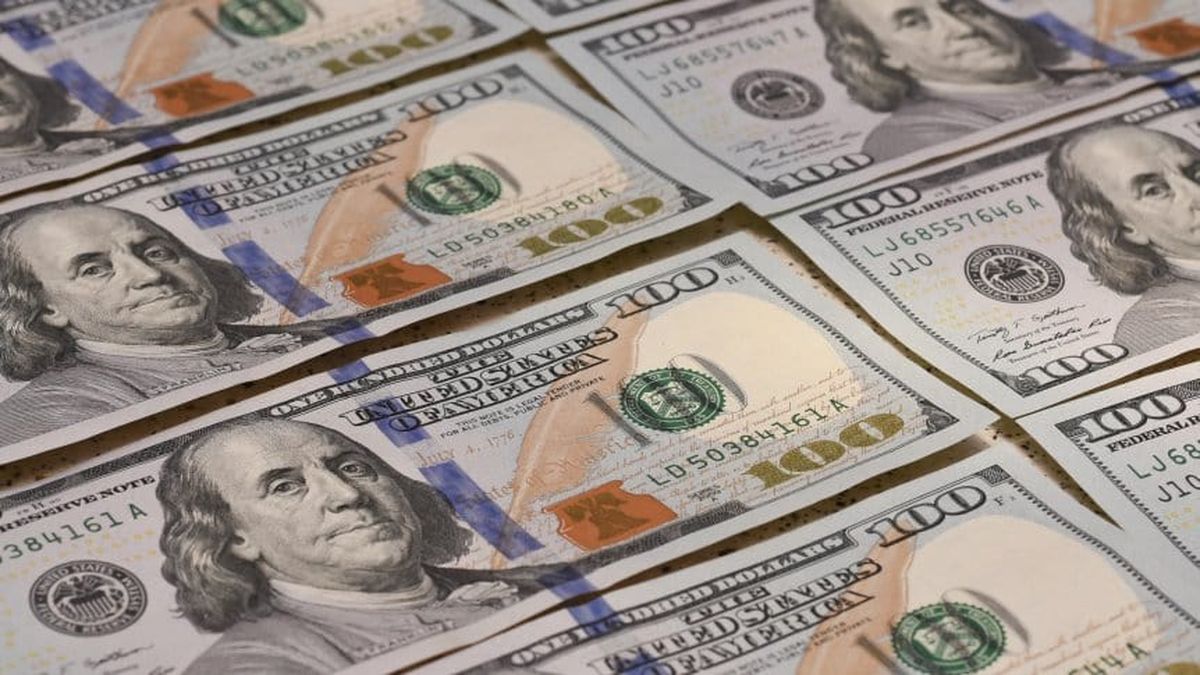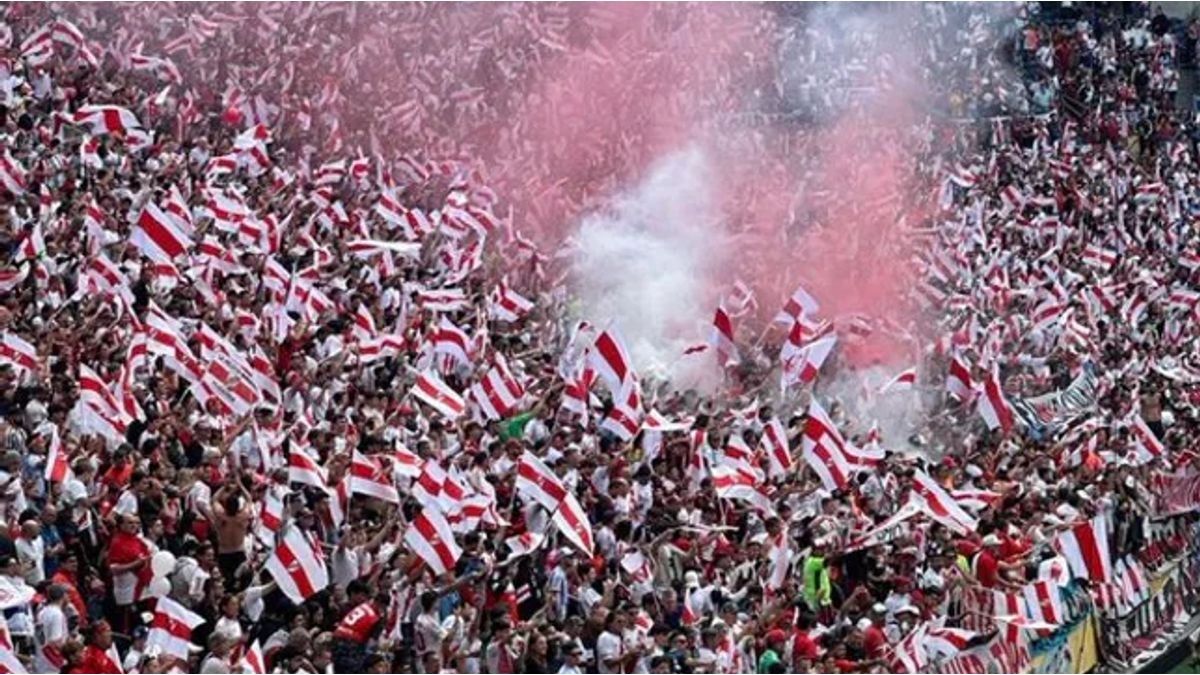The CCL dollar rises 0.6% this Monday to $208, with which the gap with the official stands at 94.2% after hitting a three-month low. While the MEP dollar rises 1.1% to $203.46, with a spread of 90%.
Last week, the CCL showed a decline of 4.4% (-$9.47) compared to last Friday and a collapse of 11.3% (-$26.43) since the announcement of the understanding with the IMF. For its part, the MEP exhibited a weekly decline of 3.8% (-$7.87) and a decline of 10.1% (-$22.33) since January 27, after the statements of that day by President Alberto Fernandez and Minister Martin Guzman.
It is worth remembering that on the previous day, the BCRA raised all the monetary policy rates; the effective annual yield of the Leliqs climbed to 51.9%, while the return of fixed terms climbed to 50.4%.
Although the rates are still running behind an expected inflation of 55% for all of 2022, they are above the rate of devaluation of the local currency, which in this last week was close to 40% in annual terms.
A report by the consulting firm Equilibra pointed out that the measure of the monetary authority should “disincentivize the dollarization of portfolios, taking pressure off the exchange rate gap” while allowing a greater advance of the “crawling peg.”
“The central bank’s new rates will keep alternative exchange rates at bay, but on the other hand they will push higher costs for borrowing in pesos,” said a trader.
As for the negotiations with the IMF, the government still has to send the draft understanding to Congress for approval and the agency’s board must give it the go-ahead.
From the Government they maintained in the last hours that the agreement could be given “soon” and that we must be attentive to what happens in the next two weeks.
The deal is expected to close before some $2.9bn is due to expire on March 22, with the country grappling with depleted liquid reserves and a drought weighing on grain crops, the main export source.
official dollar
In the wholesale segment, the dollar, which is directly regulated by the BCRA, closed the wheel at $106.78, 11 cents higher than the previous close.
Therefore, during the week it accumulated a rise of 63 cents (0.6%), lower than that of last week but the second highest of 2022. In annual terms, the price advanced at a rate close to 40%.
The monetary authority once again ended its intervention in the official foreign exchange market with a neutral balance and now has more than two weeks without selling foreign currency. Between Monday and Friday he was able to achieve a favorable net result of US$92 million.
Market sources maintained that given the intermediate period between the fine harvest and the thick harvest, which reduces the country’s foreign currency income, controls on imports were increased.
“The official strategy once again moderated the correction in the prices of the dollar, after the significant rise of the previous week, resuming the strategy of alternating periods with higher increases than others. Next Monday is a holiday in the United States, which is why which the local activity will be restricted, preventing the evolution of the market in the coming week from being projected with some clarity,” they detailed from PR Corredores de Cambio.
For its part, the savings dollar or solidarity dollar -retail plus taxes- increased 38 cents this Friday to $185.58 on average.
The blue dollar suffered its worst daily fall in three weeks this Friday, February 18, 2022, which led to the gap with the official price piercing 100% for the first time since January 10, according to a survey by Ámbito in the Foreign Currency Black Market.
The informal dollar fell $3 to $211, its lowest level since mid-January. In this way, the price recorded its first weekly drop in February (-$4.50).
Source: Ambito
David William is a talented author who has made a name for himself in the world of writing. He is a professional author who writes on a wide range of topics, from general interest to opinion news. David is currently working as a writer at 24 hours worlds where he brings his unique perspective and in-depth research to his articles, making them both informative and engaging.




